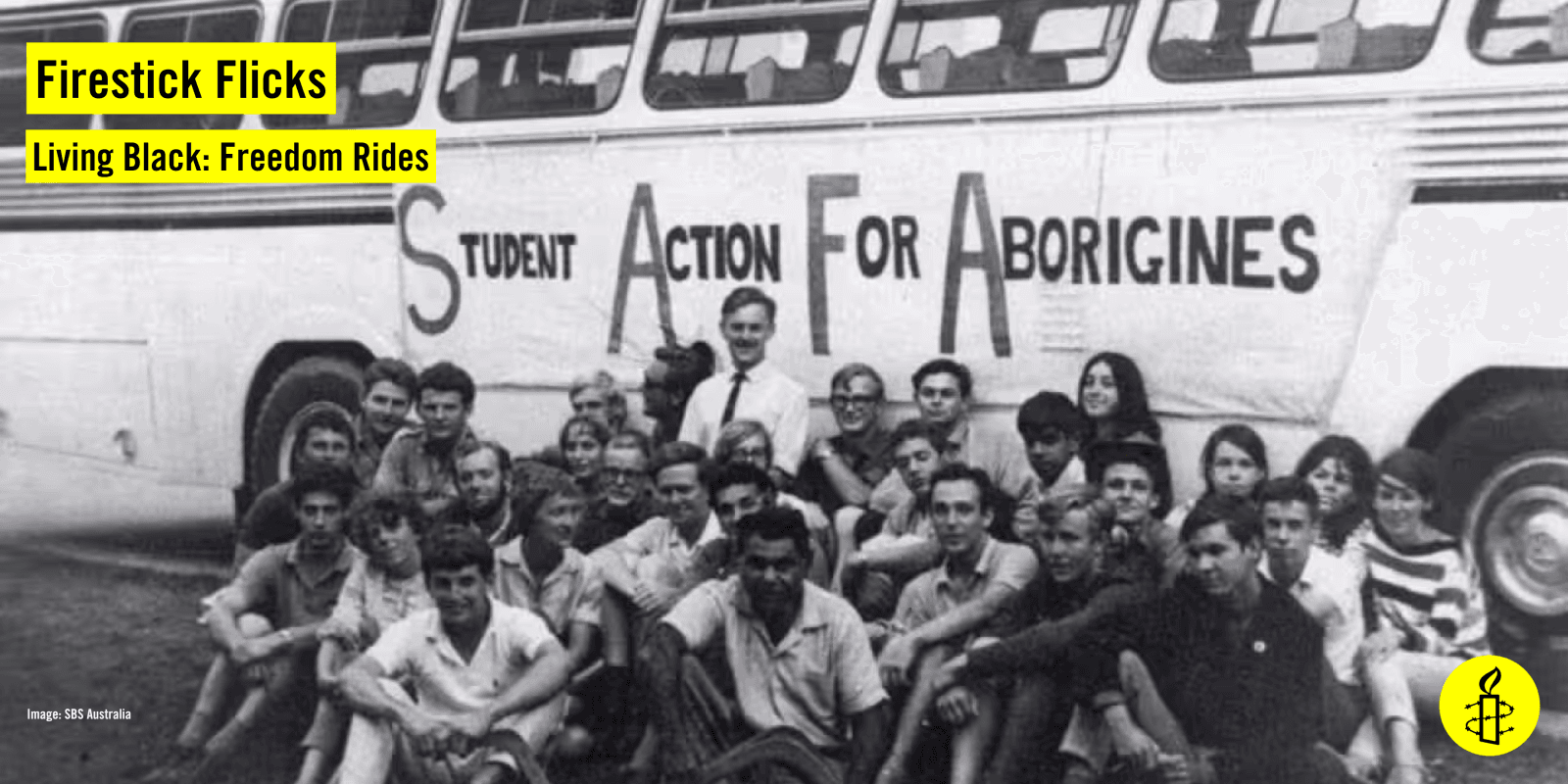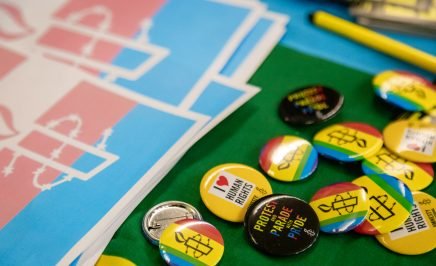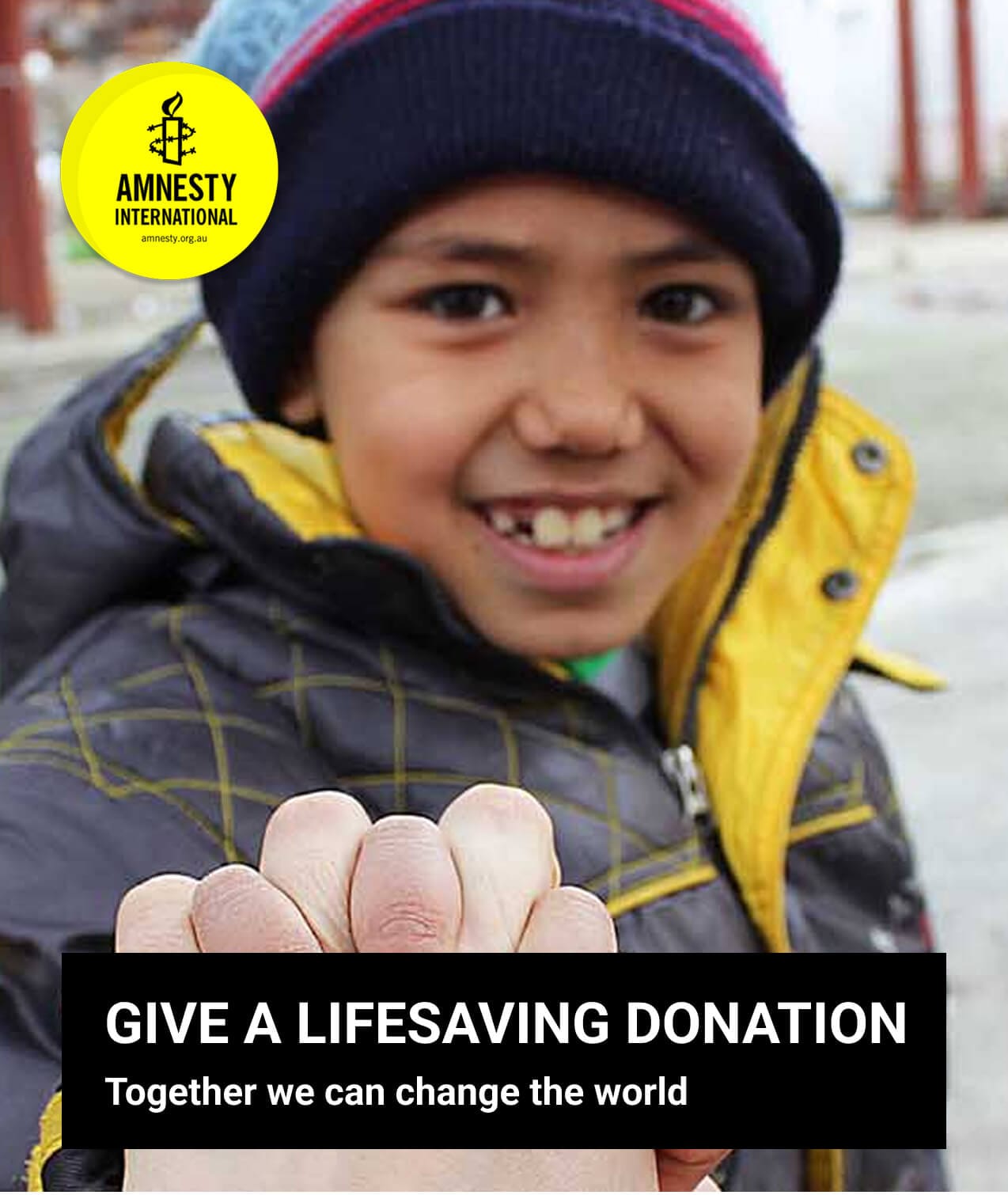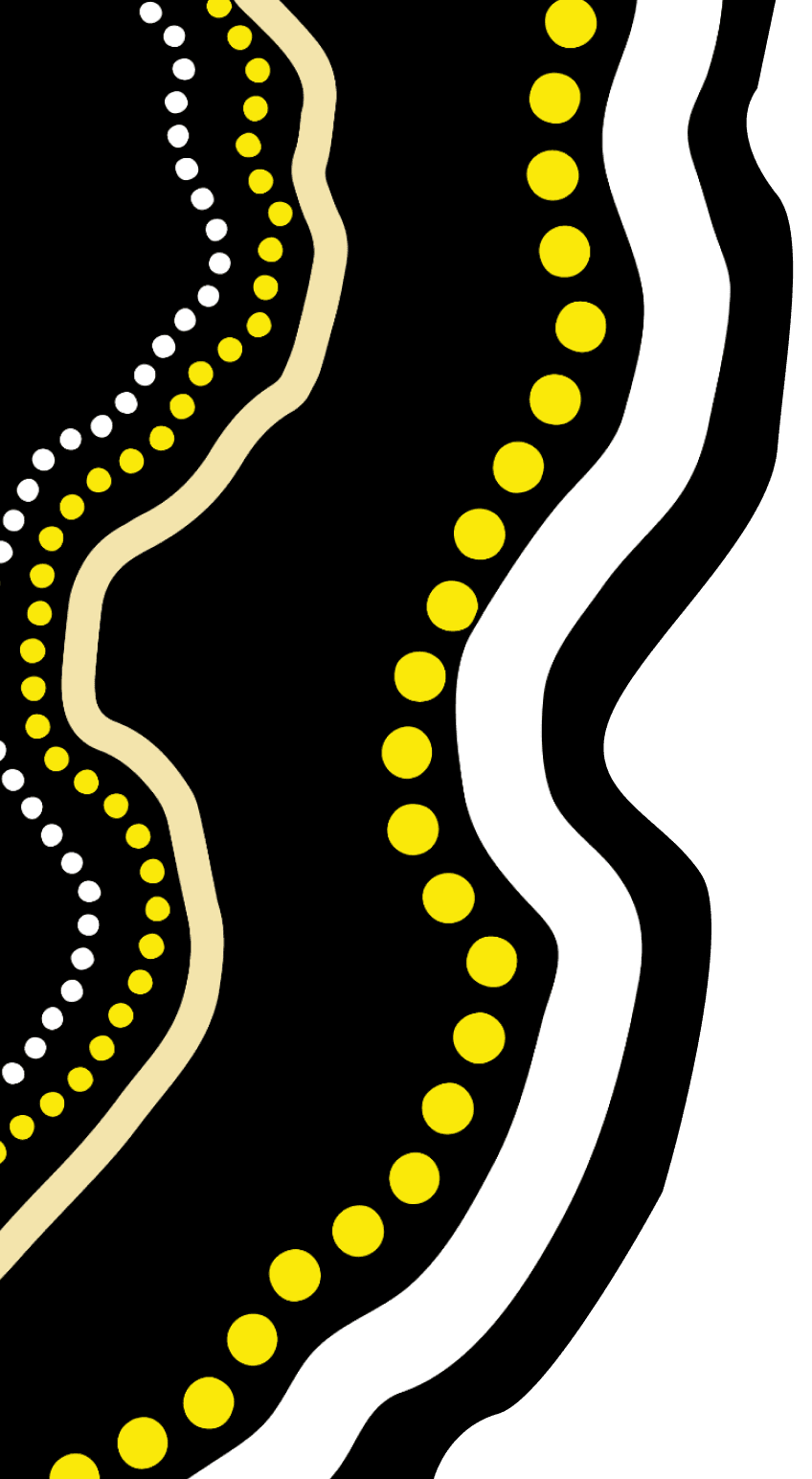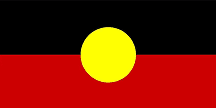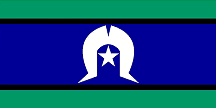Accessibility – The Amnesty International website has built in accessibility tools to help ensure that our activism is inclusive. To open the accessibility menu click on the accessibility icon located at the bottom right of your screen.
Last year the Indigenous Rights team launched our new film club, Firestick Flicks, as part of our NAIDOC celebrations.
This monthly film club aims to encourage Amnesty activists, staff, and supporters to watch First Nations films and documentaries, by providing supporting resources, discussion prompts, and reflections to foster deep learning and understanding on the path to reconciliation.
This month’s Firestick Flicks film is Living Black: Freedom Rides (season 22, episode 2), which is available to stream for free on SBS on Demand.
(Content warning: Aboriginal and Torres Strait Islander people should be aware that this film and discussion resource contains images, voices and names of deceased persons.
The content discusses systemic and blatant racism and oppression of First Nations peoples.)
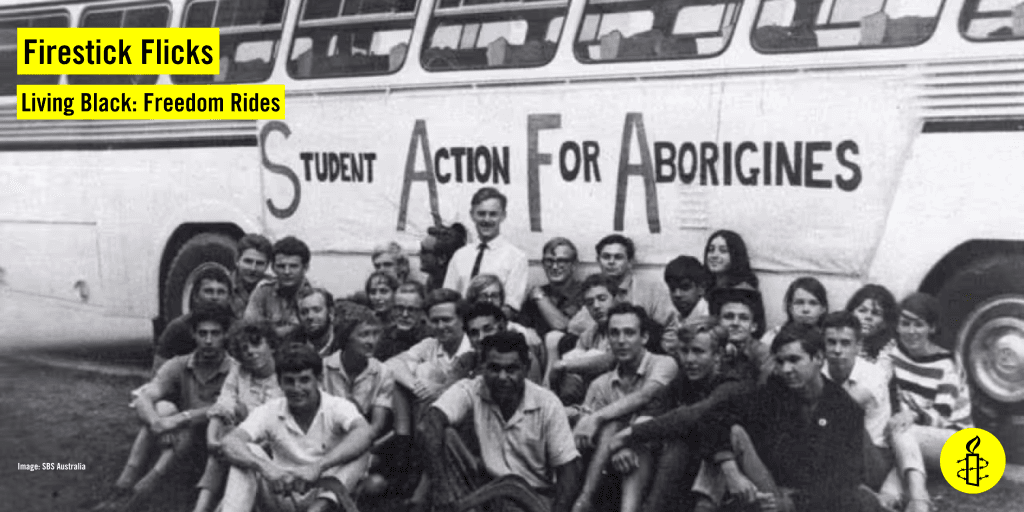
This year marks the 60th anniversary of the historic Freedom Ride, on which a group of 30 University of Sydney student members of the Student Action For Aborigines (SAFA) group, led by Arrernte and Kalkadoon man Uncle Dr Charlie Perkins OA, journeyed through western New South Wales in February 1965. Over 15 days, they travelled through the towns of Walgett, Moree, Bowraville and Kempsey to draw attention to substandard living conditions for First Nations peoples and widespread endemic racism in the state’s country towns.
This episode of the Living Black series hosted by Karla Grant revisits the monumental journey. What they encountered along the way showed just how prevalent segregation and injustice was in Australia, and became a major milestone in the Australian civil rights movement.
Discussion questions to get you thinking…
1. In Walgett, SAFA protested the local RSL’s decision to refuse entry to Aboriginal people including Aboriginal ex-servicemen who had served in the world wars. What are your thoughts about Aboriginal and Torres Strait Islander men travelling overseas to defend this land, only to return and not be allowed the same respect and rights as other defence personnel, including being denied the right to enter their local RSL, or not being granted “soldier settlement” blocks of their own land?
2. In Moree, SAFA’s protest focused on the local swimming pool as Aboriginal people were banned from using it, and Uncle Charlie Perkins managed to gain entry for a group of Aboriginal children. Once SAFA continued on their journey and left town the pool manager changed the rules back to exclude Aboriginal peoples, however, media pressure forced Moree Council to overturn the ban. What role does the national media play in the fight for Indigenous Rights, and what responsibilities do they have regarding cultural responsibility in reporting?
3. In Bowraville, SAFA’s protest shone a spotlight on the segregation rules at the local cinema, forcing First Nations customers to buy their ticket after the film started, and only sit at the front on the floor in front of the rope that separated them from non-Indigenous customers. Why is equality when accessing public resources such as entertainment so important?
4. How do you think you might be able to help inspire other Australians to actively resist and challenge the ongoing systemic racism, prejudice and mistreatment of First Nations people across the country?
5. Bonus question for the kids: if you were able to form a collective of students at your school to raise awareness about an issue that impacts on First Nations peoples, what would it be and how would you carry out your protest?
Teachers, Parents and Caregivers:
Deadly ED have created a really great resource about the 1965 Freedom Ride, which is available to download here.
Get involved: Ways to support First Nations communities:
- Research what’s happening in your local area to see if there are any First Nations groups working on campaigns or projects – reach out to ask if there is a way that you can support them.
- Discuss AIA’s Raise the Age campaign within your sphere of influence, and encourage your family and friends to sign our petitions:
Get involved: Host your own film screening!
- Cosy option: Get together with your family and friends for a movie night at home
- Feeling a bit more social: Organise a screening for your group or local community!
SBS / NITV have produced a great resource to help with planning a big community film screening, available on their website via this link.
To maximise attendance and impact, it is helpful to:
- Combine the film screening with a meal or morning/afternoon tea, which also encourages people to stay on after the film to talk and take action
- Publicise your film screening well and try to draw in people from outside Amnesty circles, using social media, email lists, posters, leaflets etc
- Partnering with other groups or organisations helps spread the workload and brings in a broader audience. Councils, libraries and Tourist Information centres can all be useful partners with the ability to promote it widely
Resources
Feeling peckish?
If you are looking for snacks and beverages for your film screening, these are some First Nations businesses that you could try:
- Yaala Sparkling Water
- Yaru Mineral Water
- Jala Jala chocolate
- Indigiearth spices to sprinkle on your popcorn, or relishes for a grazing platter
- Binjang Tea
- Blak Brews
- Mabu Mabu hot chocolate
- Sobah Beverages
Let us know how it went!
If you hosted a film screening, please fill in this Event Form and let us know how it went!
Feel free to email any photos to activism@amnesty.org.au
Safeguarding the well-being of yourself and others
Campaigning for human rights can be difficult. Burnout and vicarious trauma can happen and it’s important to keep a look out for the signs in yourself and your friends. You can check out our Sustainable Activism & Self Care guide as a starting point to ensure that you are looking after yourself and others while doing this important work. It examines how we can better take care of ourselves as activists and what you can do to make sure your activism is sustainable!
As a global movement of 10 million people, and 500,000 people in Australia, Amnesty International has the people power to build public support for a Human Rights Act. Learn more about what are human rights and our Human Rights Act campaign work.
